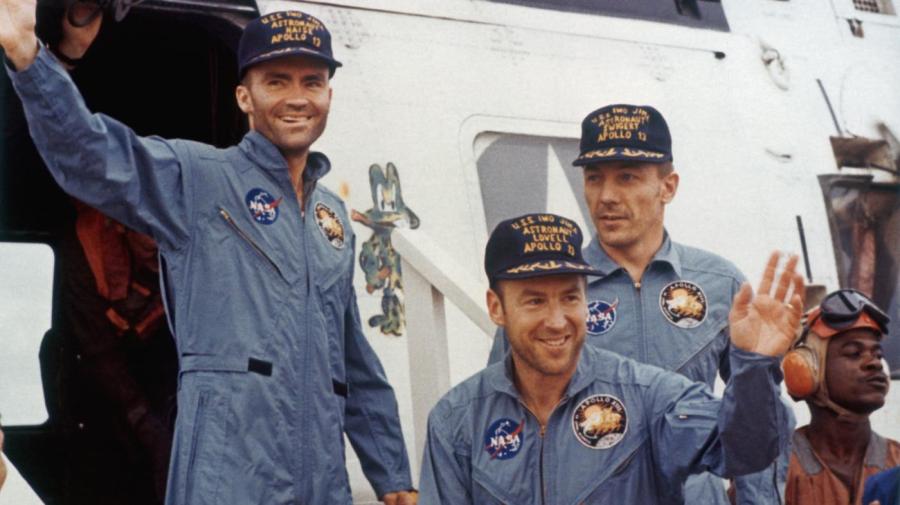What Went Wrong With Apollo 13?

As the source of the iconic phrase, “Houston, we’ve had a problem,” the Apollo 13 mission went from an intended moon landing to a narrowly averted disaster when one of the oxygen tank exploded as the shuttle was en route to the moon. This event occurred on April 14, 1970, three days after the shuttle’s launch. After the explosion, the shuttle’s crew, consisting of commander Jim Lovell, Jack Swigert and Fred Haise, worked with NASA mission control in Houston, Texas to successfully get themselves back to earth without major injury.
The entire crew returned to earth on April 17, 1970, landing in the Pacific Ocean. Though they returned safely, the Apollo 13 mission was each crew member’s last spaceflight.
After the mission’s conclusion, NASA appointed an official review board to determine what went wrong. The review board found that the explosion had been caused by a spark that resulted from an electrical short circuit, which was the result of damaged wiring insulation. The short circuit was triggered when Swigert, at NASA’s instruction, flipped a switch to turn on oxygen stirring fans. About a minute and a half after this, all three astronauts reported hearing a loud noise that they initially attributed to a meteorite strike.





